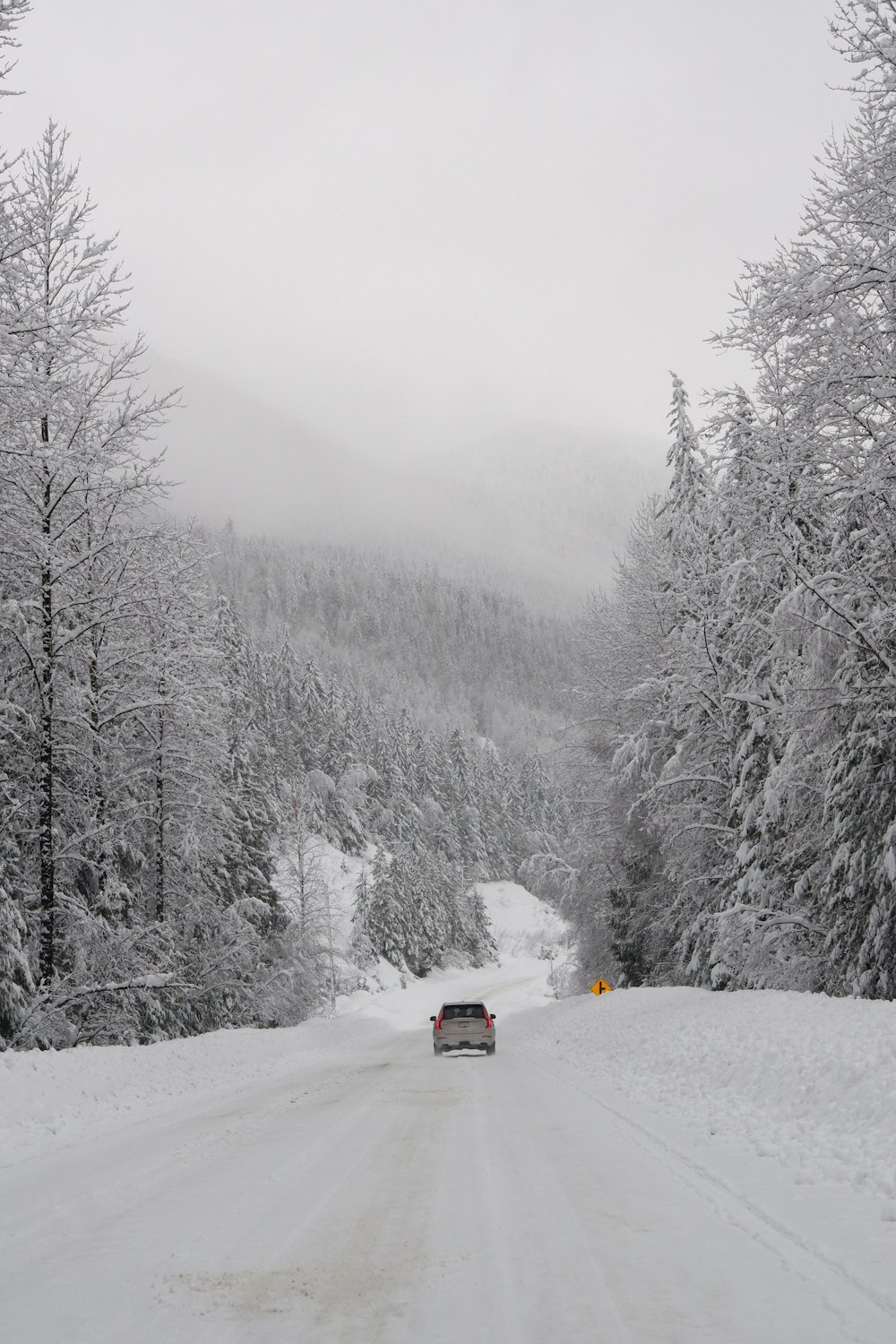Pointers for Driving Safely on Snow and Ice
When a skid happens, you depend on your skills in driving no matter how minimal or extensive it is. Hang on tight and focus.
To begin with, if the weather is really bad, it is a good idea to stay home. Now, if you are outside of your house when the bad weather happens, then go to the nearest motel and stay where you are. Wait until the weather gets better or until snowplows and sanding crews does their job. It is safer this way than risking your life.
It is often the tires.
- To have enough snow grip, a tire which includes winter tire, needs at least 6/32-inch deep tread. The tread wear indicators are found below the grooves and are equally spaced all around the tire. The tread of a brand new passenger car tires is 10/32-inch. A lot of winter tires have wear bars that is more or less 3/32nds of an inch at 6/32nds. When the depth of a wear bar reaches 2/32”, this means that they are so worn out.
- If you decide to buy winter tires, purchase a full set or use an all-season tires. Do not just change the front-wheel-drive car or at the back of a rear-wheel-drive as this will be dangerous to your safety. Remember that winter tires are not good on dry streets. Four winter tires are good if you often drive along snow covered roads.
Have an ESC Magic.
- An electronic stability control (ESC) works like a miracle. When your vehicle skids on ice or snow, it has the capacity to stop. But make sure you do not have worn-out tires. You should not be driving at 80 mph either in snowstorm or take an icy corner speeding. ESC cannot help you this time. Should you want to buy a brand new or used car, pick one with ESC.
AWD, no magic here.
- The main function of an all-wheel drive is to give forward traction. This can work even in intense snow. It can drive through a slope-like driveway in a ski chalet. It can likewise stop fishtailing below acceleration.
- But watch out, do not do “increase cornering power.” It does not do that kind of work. This is due to fact that in dry or wet roads, a lot of vehicles can manage to decelerate than to accelerate. On the other hand, cornering power is nearer to the capacity to stop. This happens when the expectations of the driver outdo what is really obtainable.
Seen and be seen is a good rule.
- If your windshield wipers are NOT working well, then you need to replace them. If you drive through intense snow, get one that was created for such condition. Clean the outside part of your windows and put a water-shedding material to the exterior. Check your windshield washer system to make sure it is working and has an anti-icing fluid. Open you’re A/C using the “fresh air” option instead of the “hot” choice to take off condensation from the window inside. A lot of car do this automatically when defrost setting is pressed.
- Take a look at your headlight covers. Has it become opaque or sand-pitted? Then, apply a polishing agent or buy another cover that is more exact. While driving, open your headlights even if it is just the middle of the day in order to be seen. Check if your tail lights and headlights has snow.
The correct skid.
- Front-tire skid is not difficult. Just carefully free the accelerator, let your hands stay there and permit the car to decline.
- A rear skid is more difficult. Look for a powdered track or a go-kart track. Those go-karts are really fast and to handle them needs a lot of practice. You can enroll in professional car-control schools, but it is pricey. Another way of learning is when snow comes, look for a safe place you can freely slide. Go at the speed of 25 or 30 mph.
- No matter how skilful you are, there are certain conditions that you cannot manage. So make sure you have a sleeping bag and other stuff that will equip you should the need arises.
If you are looking for an awesome auto repair shop that could meet your needs, check out Chaney’s Collision Center. Chaney’s Collision Center is strategically located at the Historic Downtown of Glendale, Arizona. So, if you are in Phoenix or other nearby areas, you can call Chaney’s Collision Center at (623) 915-2886.

